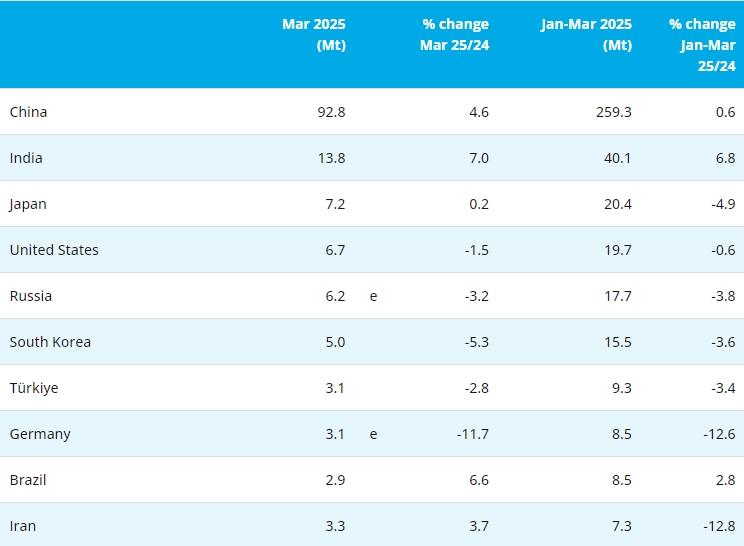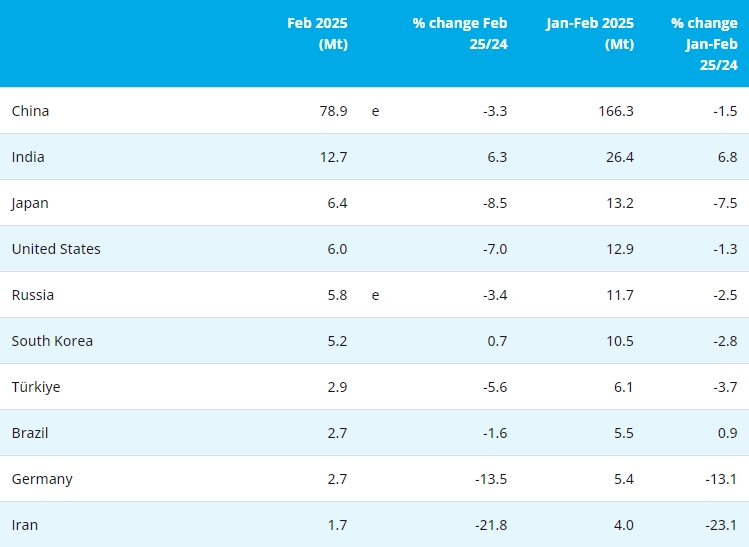The Colorado Water Quality Control Commission recently made a decision that affects discharge from the Climax Molybdenum mine of a potentially toxic mineral into Summit County’s Ten Mile Creek.
Climax, a mine 13 miles northeast of Leadville at the top of Fremont Pass, proposed changing the water quality regulation that limits how much molybdenum the facility can release.
Because large amounts of molybdenum can be toxic, the state regulates a maximum concentration of 210 parts per billion for water used for drinking supplies.
Climax proposed raising the limit to 3,967 parts per billion.
“There’s a huge gap there,” said Summit County manager Gary Martinez. “That was lining up to be a big concern with a lot of different users along the river.”
The county, the town of Frisco, Copper Mountain, Denver Water and several other local stakeholders were involved in discussions with the Water Quality Control Division of the Colorado Department of Public Health and Environment about the change.
“We want to make sure that water is clean around here,” Martinez said, and is “not going to cause any environmental or human health kinds of problems.”
The mine anchored its proposal on two new studies that were sponsored by the International Molybdenum Association, a trade group of which Climax is a member. The state’s standard, Climax argued, is based on outdated research.
Sarah Johnson, standards unit manager with the division, said the division and the federal Environmental Protection Agency did not agree with Climax on the science behind the mine’s proposal.
She said the regulatory agencies and the mine used different calculations to determine the point at which molybdenum concentrations become dangerous to humans.
“From our perspective” Johnson said, the mine’s proposal was a “considerable relaxation” of the standard and “was calculated inappropriately.”
Potentially toxic materials in Colorado’s rivers and streams are regulated by the Water Quality Control Commission, a nine-member citizen board appointed by the governor and approved for three-year terms. Every year, the commission reviews water quality standards for one of the state’s regions.
This year, Johnson said, the commission focused on the Upper and Lower Colorado River Basins, or the whole northwest corner of the state.
“We’re quite committed to a periodic review and revision of water quality standards,” said Johnson, who works for the state division that provides the commission with research.
She said discharges from Climax don’t become a water supply issue until they get down to Copper Mountain where Ten Mile Creek joins the West Ten Mile Creek. From there, the water quality standard is enforced.
Though it’s in the mine’s best interest to loosen the standard, mine representatives have always been cooperative and have committed to protecting the existing standards, said Lane Wyatt, co-director of the Northwest Colorado Council of Government’s Water Quality/Quantity Committee.
“Climax is not trying to pull one over on us,” Wyatt said. “They’re saying, ‘We don’t think the science behind that is good.’”
Since 1997, the mine has reclaimed about 500 acres of land previously disturbed by mining operations, according to the mine’s website, and the mine was recognized by the state Division of Reclamation Mining and Safety for its river restoration work.
At a hearing Monday, June 9, in Grand Junction, the commission decided it would not adopt Climax’s proposal before doing more research.
For now, the commission agreed to an unquantified temporary modification of the standard, so the mine will be held to the water quality’s current conditions, which could be below the standard.
“They’re not allowed to increase the amount of molybdenum they are discharging,” Johnson said.
That temporary modification will expire December 31, 2016, forcing the commission to revisit the issue with Climax in two years.
Martinez said that delay “allows time for the state and others to put together a thorough, comprehensive review” of the impacts of molybdenum before changing what concentrations are appropriate.
Calls to officials with Freport-McMoRan Copper & Gold, the parent company of the mine, were not returned.
- [Editor:Mango]



 Save
Save Print
Print Daily News
Daily News Research
Research Magazine
Magazine Company Database
Company Database Customized Database
Customized Database Conferences
Conferences Advertisement
Advertisement Trade
Trade














 Online inquiry
Online inquiry Contact
Contact

Tell Us What You Think